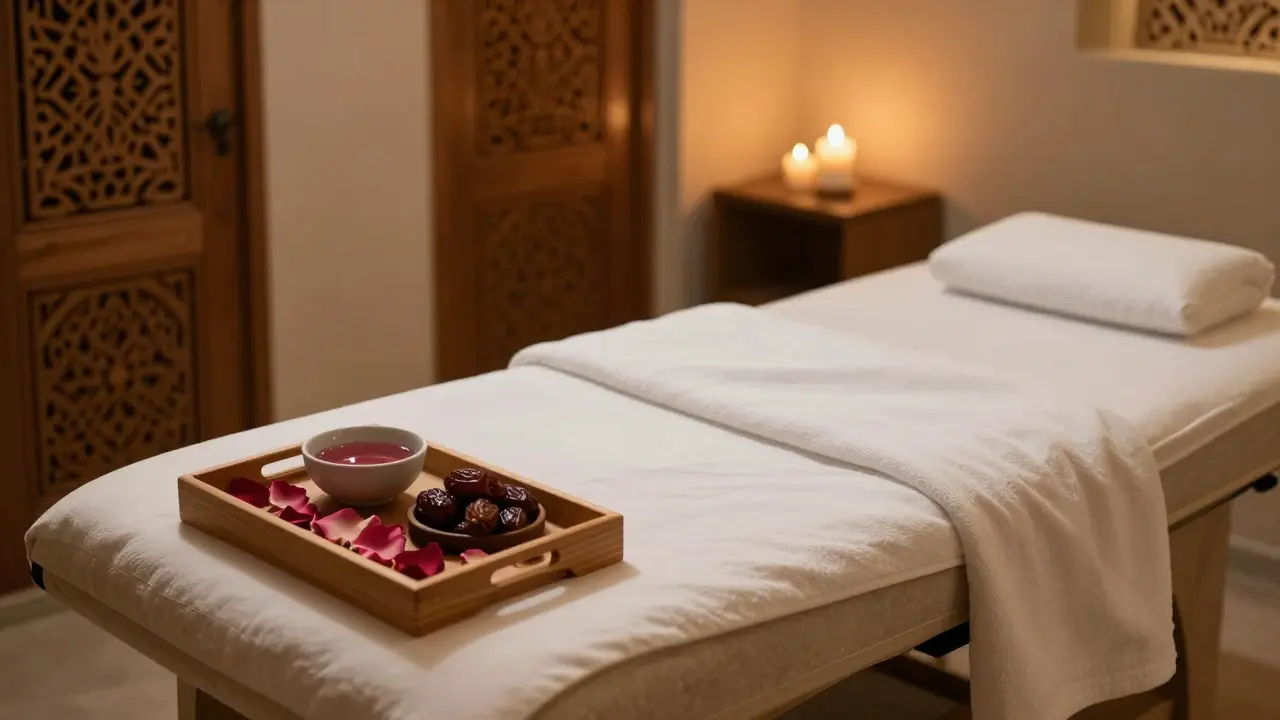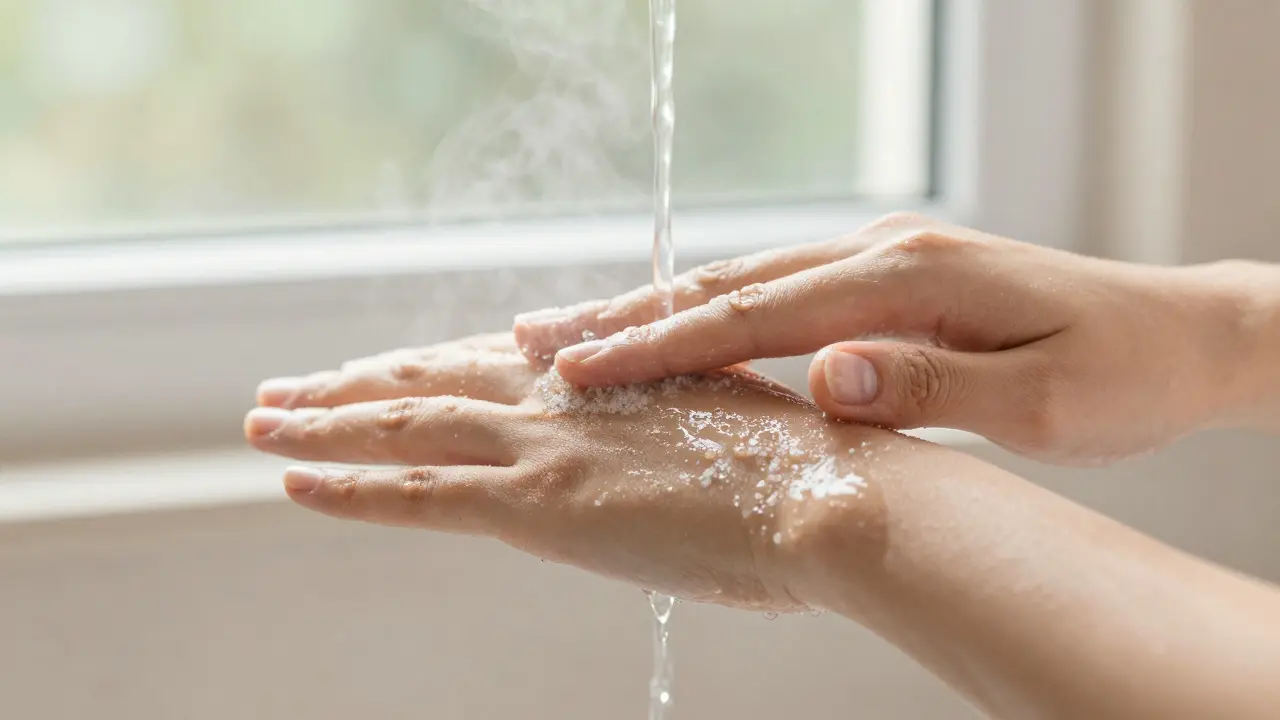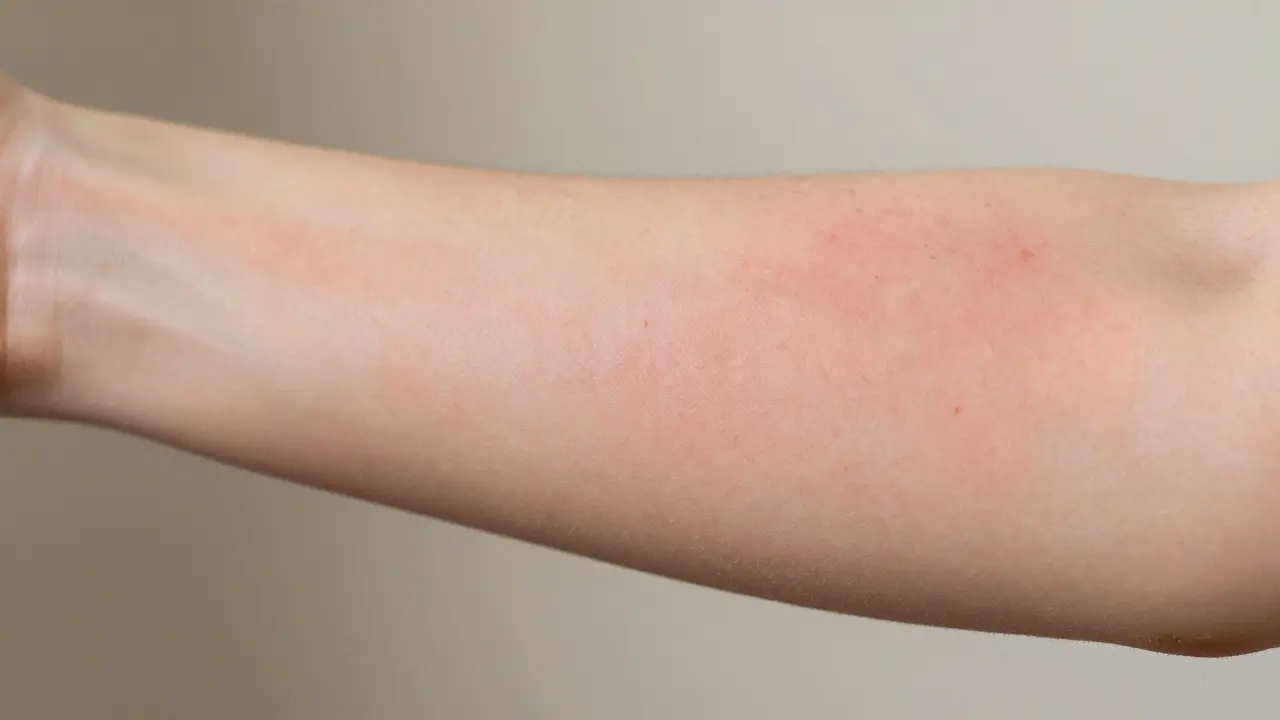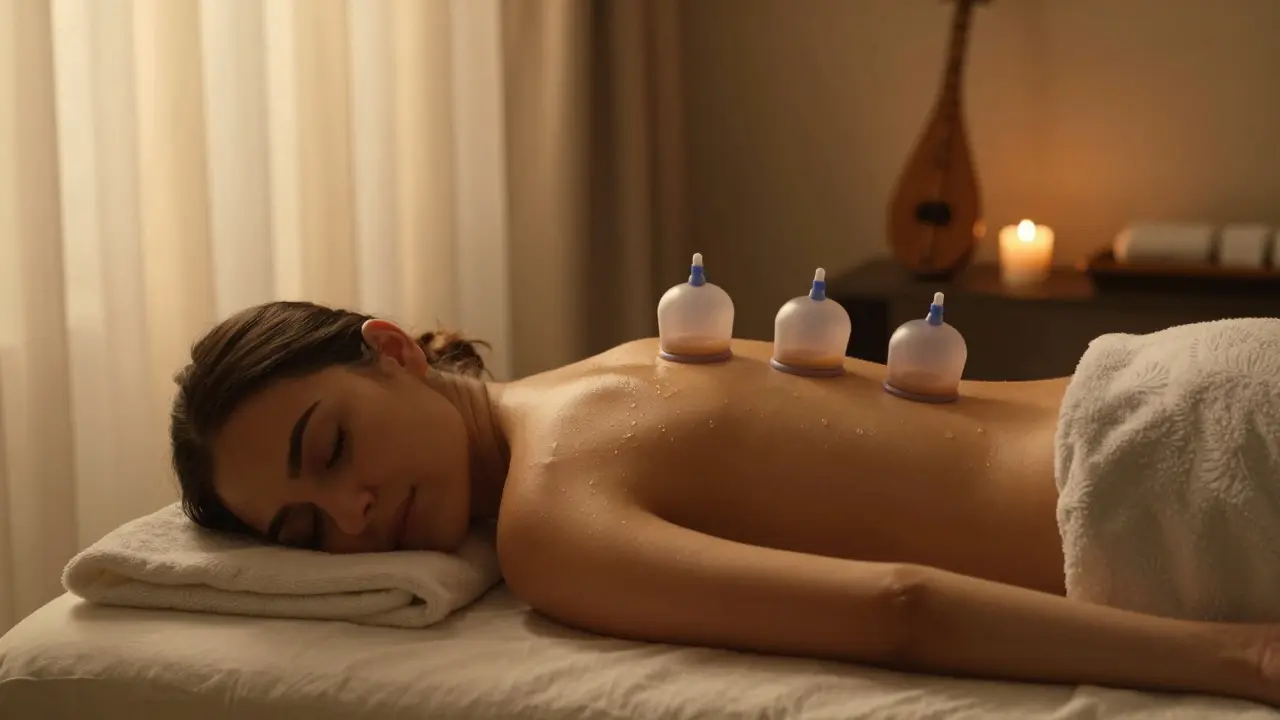Cupping Risks: What to Watch Out for in Dubai Spa Treatments
When dealing with cupping risks, potential side effects or complications that can happen during or after cupping therapy. Also known as cupping hazards, it covers bruising, skin irritation, and rare burns.
Understanding cupping risks starts with the basics of cupping therapy, a traditional technique that uses suction cups to lift skin and muscle. The therapy can improve circulation, but the suction level, cup material, and session length directly affect the risk profile. Higher suction and longer sessions increase the chance of deep tissue bruising. That’s why a qualified therapist must calibrate the pressure to each client’s skin sensitivity and health background. In Dubai’s upscale spas, many therapists blend cupping with massage or aromatherapy, creating a layered experience that still hinges on proper suction control. The relationship between cupping therapy and its risks is clear: the method requires skill, and the risks emerge when technique or client assessment falters.
One of the most visible signs of cupping is the marks left on the skin. These cupping marks, circular discolorations that range from light pink to deep purple, tell a story about the session’s intensity. When the marks turn dark, they usually indicate a stronger suction or a longer hold, which many people call dark cupping marks, deeper tissue engagement that can last a week or more. Darker marks are not necessarily dangerous, but they signal that the practitioner applied more force, which can increase the risk of soreness or temporary bruising. Recognizing the difference helps clients decide whether they want a gentle session or a more aggressive approach, and it guides therapists in adjusting future treatments to stay within safe limits.
Safety Guidelines and Contraindications
Keeping cupping risks low relies on solid cupping safety, practices such as skin assessment, hygiene, and post‑session care. A therapist should inspect the skin for cuts, infections, or sensitive areas before placing cups, and they must use sanitized equipment each time. After a session, applying a mild moisturizer and avoiding intense heat for a few hours can reduce irritation. Knowing who should **avoid** cupping is equally important. cupping contraindications, conditions like blood disorders, pregnancy, or recent surgery, dictate when a client should skip the treatment altogether. Ignoring these health warnings can turn a relaxing experience into a medical issue, so both client and therapist share responsibility for a safe outcome.
By grasping the link between cupping therapy, the marks it creates, and the safety steps needed, you’ll be better prepared to enjoy the benefits without the unwanted side effects. Below, you’ll find a curated set of articles that dive deeper into specific aspects—whether you’re curious about dark marks, want step‑by‑step safety tips, or need to know if cupping fits your personal health profile. Use this guide as a roadmap to make informed choices and get the most out of your Dubai spa visit.






